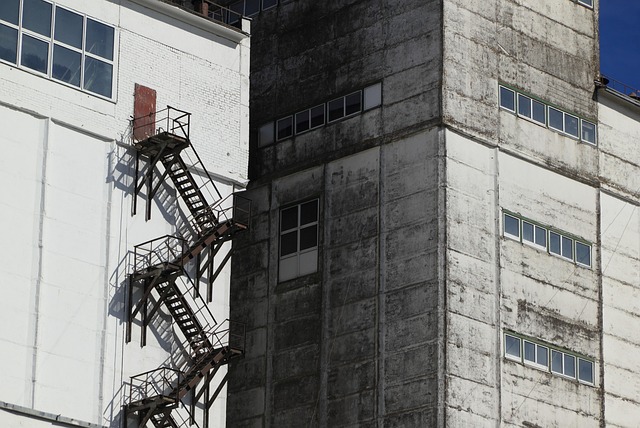3D structural visualization in reinforced concrete drafting revolutionizes project understanding and collaboration. It transforms abstract 2D plans into tangible 3D models, enhancing stakeholder comprehension, early issue identification, and informed decision-making. This technology streamlines design, optimizes material usage, improves visual communication, reduces errors, and promotes efficient project management, ultimately achieving robust structural integrity and aesthetic appeal.
In today’s complex construction landscape, effective communication and understanding are paramount. This is where 3D structural visualization steps in as a game-changer. By transforming abstract plans into tangible, three-dimensional models, professionals can significantly enhance their grasp of projects, especially those involving intricate reinforced concrete structures. This article explores the transformative power of 3D drafting techniques, examining how they improve clarity, foster collaboration, and navigate the complexities inherent in modern construction projects.
Visualizing Reinforced Concrete Structures: A New Perspective
Reinforcing structural integrity while enhancing visual comprehension is now achievable through innovative 3D structural visualization techniques, particularly in the realm of reinforced concrete drafting. Traditional 2D plans and drawings often fall short in conveying the intricate details and three-dimensional nature of these complex structures. By transitioning to interactive 3D models, engineers, architects, and stakeholders gain a fresh perspective.
This new approach allows for immersive exploration, enabling better decision-making and project coordination. With reinforced concrete drafting digitalized, professionals can now easily identify potential issues, optimize designs, and communicate ideas more effectively. The result is improved overall project understanding and efficiency, ensuring structures are not only sturdy but also aesthetically pleasing.
Enhancing Project Clarity: 3D Drafting Techniques
In today’s complex construction projects, achieving crystal clear project understanding is paramount. This is where 3D structural visualization comes to the rescue. By employing advanced reinforced concrete drafting techniques, architects and engineers can transform abstract plans into tangible, three-dimensional models. These models serve as powerful tools for stakeholders to grasp the project’s scope, identify potential issues early on, and facilitate more informed decision-making.
The benefits of 3D drafting extend beyond improved visual comprehension. It streamlines communication among team members, reduces design errors, and optimizes material usage. With reinforced concrete drafting, every component—from beams and columns to intricate detailing—is meticulously represented, ensuring a robust foundation for successful project execution.
Navigating Complexity: The Power of Structural Visualization
Navigating complexity is a universal challenge in construction projects, particularly with modern structures that incorporate advanced materials and designs. Traditional 2D plans and drawings often struggle to convey the full depth and interconnection of components, leading to miscommunication and potential errors. This is where reinforced concrete drafting, augmented by 3D structural visualization, proves invaluable. By transforming abstract concepts into tangible, three-dimensional models, this technology offers a clearer understanding of the project’s intricacies.
For instance, visualizing reinforced concrete elements in 3D allows stakeholders—from architects to engineers and contractors—to inspect every angle and detail, identifying potential weaknesses or design flaws early in the process. This not only streamlines construction but also enhances safety by enabling better informed decision-making. Ultimately, structural visualization turns complex blueprints into a tangible roadmap, facilitating efficient project management and ensuring everyone involved is on the same page.
Improved Collaboration: 3D for Better Team Understanding
In the realm of reinforced concrete drafting, 3D structural visualization is a game-changer that fosters improved collaboration and better team understanding. By transitioning from traditional 2D plans to immersive 3D models, projects become more tangible and accessible to all team members. This innovative approach allows for enhanced communication, as everyone can now view and interact with the design, facilitating quicker decision-making and reducing errors.
3D visualization enables complex structural elements to be represented accurately, helping teams to grasp intricate details that might otherwise be lost in two-dimensional drawings. Consequently, it promotes a shared mental model of the project, ensuring that everyone from architects to engineers to construction workers is aligned. This alignment translates into smoother workflows, better coordination, and ultimately, successful project completion.
3D structural visualization has emerged as a game-changer in the field of reinforced concrete drafting, offering a new perspective that enhances project clarity and fosters improved collaboration. By navigating complexity with ease, this technology enables better decision-making and efficient project management. As professionals embrace these advanced 3D drafting techniques, they can ensure comprehensive understanding, leading to more successful outcomes in every phase of construction.
